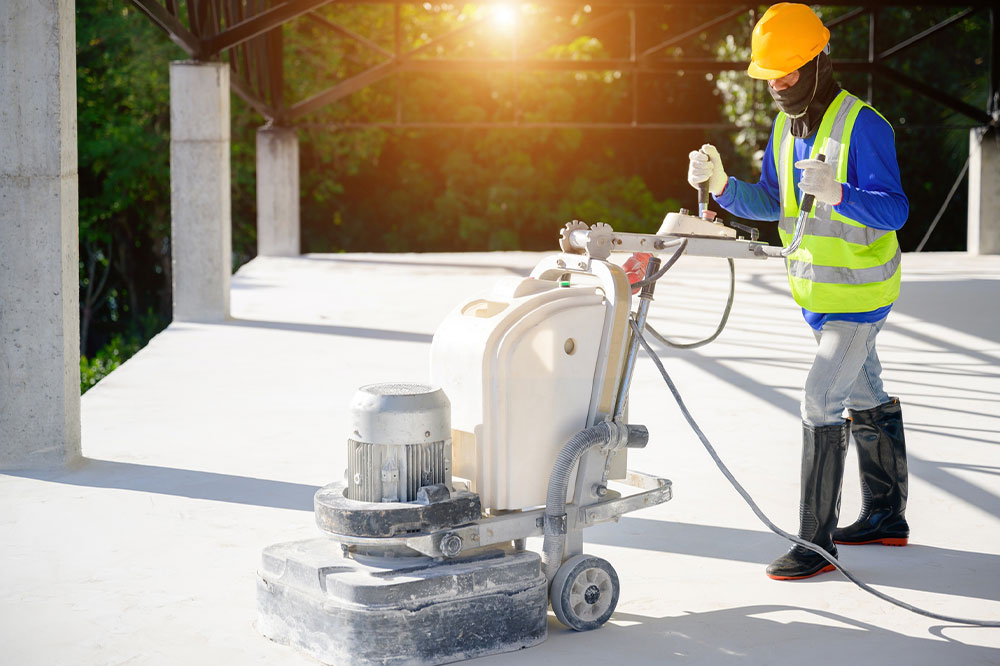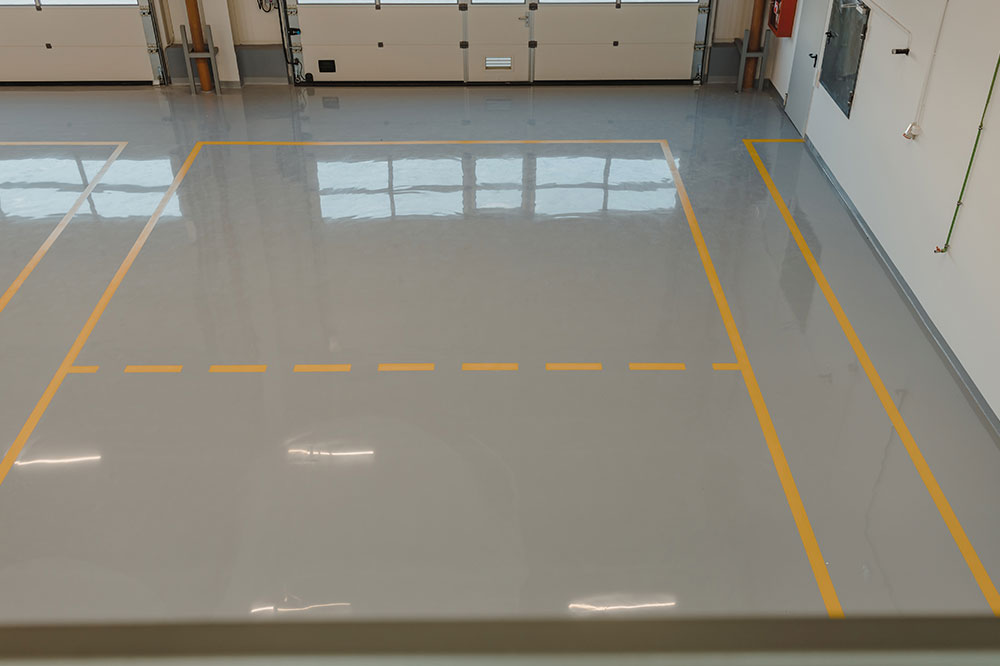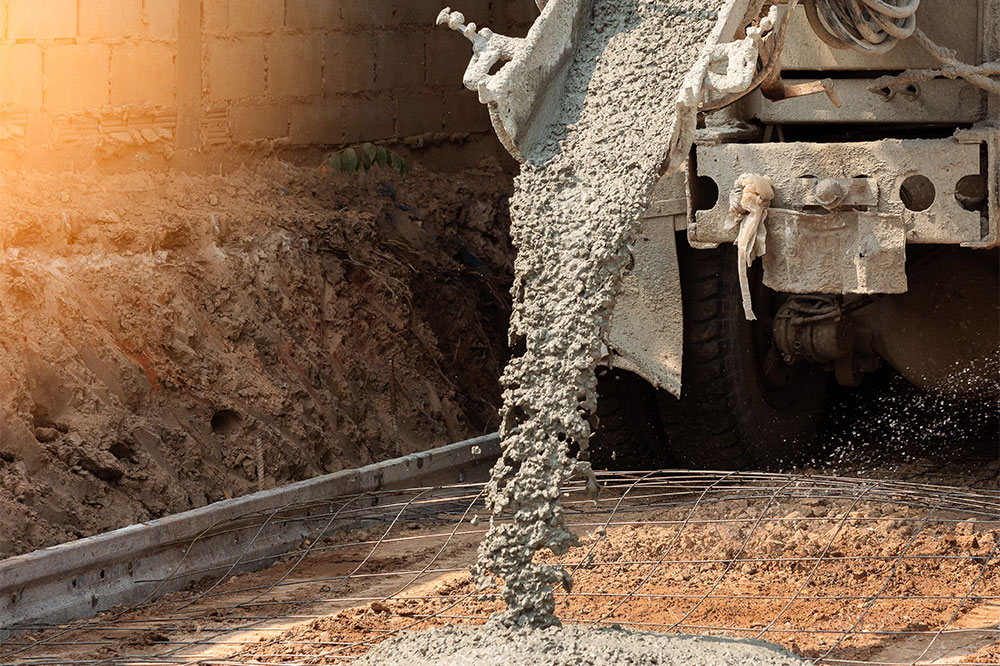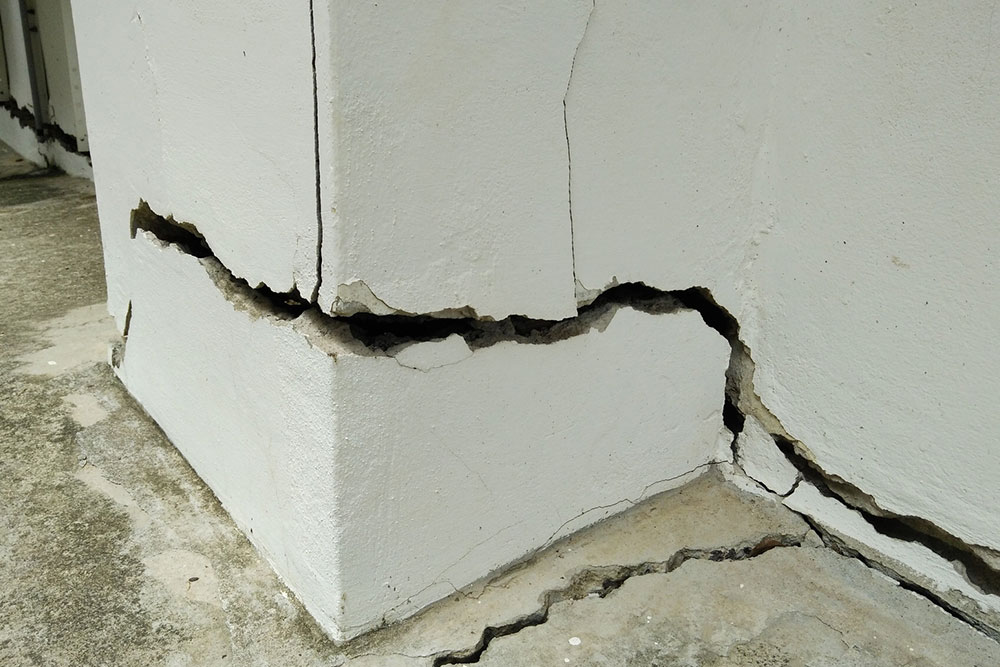Comprehensive Guide to Concrete Restoration Techniques and Steps
This comprehensive guide explores essential concrete restoration techniques, including epoxy injection, sealing, stitching, and deep crack repair. It details step-by-step procedures to diagnose damages, assess severity, and execute repairs effectively, ensuring structures' longevity. Suitable for professionals and DIY enthusiasts, this article emphasizes the importance of proper maintenance for durable concrete structures that withstand environmental and structural stresses. Learn how to choose the right repair method, prepare for repairs, and employ best practices to restore concrete in residential and commercial settings, prolonging their lifespan.

Essential Techniques and Procedures for Effective Concrete Restoration
Concrete is a fundamental building material vital for the construction of residential, commercial, and infrastructural projects worldwide. Its durability, versatility, and cost-effectiveness have made it the preferred choice for countless structures, from foundational bases to complex architectural features. However, like all materials, concrete is susceptible to deterioration over time due to environmental factors, load stresses, chemical exposure, and aging. To ensure the longevity and structural integrity of concrete structures, regular maintenance and timely repairs are essential. Proper concrete restoration not only preserves the aesthetic appeal but also prevents costly future damages that could compromise safety and functionality.
Understanding Common Concrete Repair Methods
Epoxy Injection for Cracks
Epoxy injection is a highly effective technique used to repair cracks within concrete components. This method involves injecting a high-strength epoxy resin into existing cracks to bond the concrete back together. It is especially suitable for structural cracks that could jeopardize the integrity of the entire structure. The injected epoxy bonds tightly with the existing concrete, providing excellent adhesion, high chemical resistance, and restoring load-bearing capacity. This repair method is not only efficient but also minimally invasive, allowing for repairs to be made without significant disruption to the structure’s use.
Sealing and Filling Small Cracks
Small cracks, if left untreated, can widen over time, leading to larger issues. These minor damages can be effectively managed through surface preparation—such as grooving or chipping—followed by the application of sealants. Sealants form a protective barrier on the surface, preventing moisture ingress and chemical penetration that could accelerate deterioration. For enhanced stability, reinforcement rods can be inserted into deeper cracks before sealing, especially when cracks are caused by thermal movements, shrinkage, or minor structural stresses. This approach helps control crack propagation and maintains the concrete’s original form.
Concrete Stitching and Reinforcement
Known as concrete stitching, this conservative repair technique involves drilling installation holes across crack lines or weakened joints and inserting metal rods or screws to hold the slabs together. This method groups fractured sections, preventing further movement and offering temporary support. Although stitching improves structural stability, it does not seal cracks permanently or restore the original material's properties. It is often employed as a supportive measure before more extensive repairs or as a short-term fix in conjunction with other restoration processes.
Deep Crack Repair with Drilling and Grouting
For deep-set cracks that compromise internal supports or load-bearing elements, a more invasive process such as drilling and grouting is necessary. Small holes are drilled into the crack zone, allowing access for epoxy or chemical grouts that fill and seal the cracks from within. This method is particularly effective for supporting beams, columns, or foundation elements. It provides structural reinforcement, prevents crack widening, and restores original load capacities. Properly executed, deep crack repair extends the service life of critical elements, ensuring ongoing safety and durability.
Step-by-Step Concrete Repair Procedures
1. Identify the Root Cause of Damage
The first step in successful concrete restoration is diagnosing what caused the damage. Whether it’s weathering from exposure to moisture, mechanical stresses from structural loads, chemical attacks from salts or acids, or internal factors like corrosion of reinforcement, understanding the underlying cause guides the selection of the appropriate repair method. Accurate diagnosis often involves visual inspection, non-destructive testing, or core sampling for lab analysis.
2. Evaluate the Extent of Damage
Damage assessment includes measuring crack widths, evaluating the depth of deterioration, checking for spalling or delamination, and examining joint integrity. This evaluation helps prioritize repairs—whether simple crack filling suffices or extensive structural reinforcement is required. Knowing the severity informs whether repairs are temporary fixes or part of a long-term preservation strategy.
3. Prepare for Restoration
Preparation is key to effective repair. It encompasses cleaning the damaged area to remove debris, loose particles, or contaminants. Material selection is crucial—using compatible repair mortars or epoxies ensures long-lasting results. Scheduling repairs during favorable weather conditions prevents issues caused by moisture or temperature extremes. Small-scale repairs, such as epoxy injections for hairline cracks, can often be managed as DIY projects, while larger or more complex repairs typically require professional expertise, which influences cost considerations.
In addition to basic repairs, specialized contractors play a vital role in large-scale projects or structural upgrades. They handle concrete work involving high loads or complex geometries, ensuring safety and compliance with building codes. Commercial concrete, designed for higher load capacity and frequent movement, differs from residential concrete, which emphasizes stability and aesthetic appeal for smaller structures. With proper maintenance and repair, concrete structures can serve for decades, maintaining both their functional and visual qualities.




